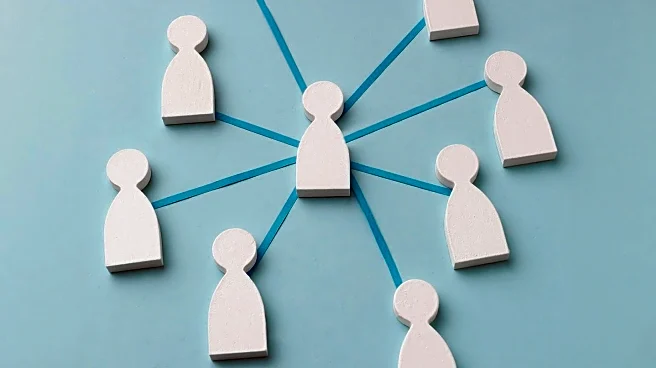What's Happening?
Couples experiencing 'desire discrepancy,' where one partner has a higher libido than the other, are not uncommon. Up to 80% of couples face this issue at some point. Factors such as stress, hormonal changes, mental health, and differing desire types
contribute to this discrepancy. Experts suggest strategies like scheduling intimacy, focusing on non-sexual intimacy, addressing stress, and seeking professional help to manage these differences. Understanding the underlying causes and communicating effectively can help couples navigate these challenges and strengthen their relationships.
Why It's Important?
Addressing desire discrepancies is crucial for maintaining healthy relationships. Unresolved issues can lead to tension, misunderstandings, and decreased intimacy, potentially harming the relationship. By implementing expert-recommended strategies, couples can improve their emotional connection and overall relationship satisfaction. This topic is significant for relationship counselors, therapists, and couples seeking to enhance their intimacy and communication. Understanding and addressing desire discrepancies can lead to more fulfilling relationships and improved mental health for both partners.













